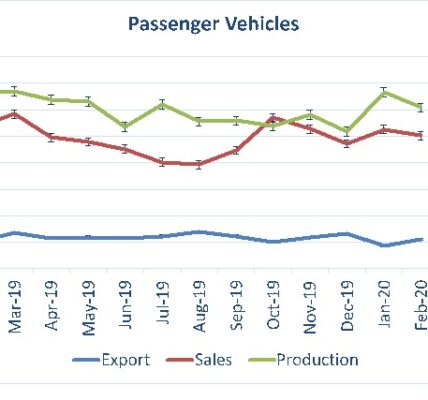As countries worldwide are building semiconductor ecosystems for national security reasons, India is trying to encourage advanced fabless semiconductors and deep technology.
India’s Ministry of Electronics & IT said in a press release that India will launch future labs to channel R&D capital for semiconductor and deep tech development. The labs will embed with C-DAC (Centre for Development of Advanced Computing) and will encourage industry and academia collaborations.
Besides, according to the press release, IEEE-Ansys Centre for Skill Development in RF and Microwave, which is focused on the adaption of the most advanced trends in RF and microwave, and Ansys Innovation Space Portal were inaugurated at Reva University in Bengaluru. Ansys aims to train the workforce in India’s electronics, semiconductors, aerospace, and defense sectors.
Ansys, along with Cadence, Siemens EDA, and Synopsys, is among the global IP/EDA providers which have invested in India. Ansys operates across Indian states, such as Tamil Nadu, Telangana, Karnataka, West Bengal, Uttar Pradesh, and Maharashtra. India’s prime minister Narendra Modi said at Semicon India held in April that India is home to 20% of the world’s VLSI design engineers, and about 24,000 design engineers are present in India.
India is trying to build an entire semiconductor ecosystem composed of IC and display manufacturing, ATMP/OSAT, and IP/IC design business. In January, India launched a Design Linked Incentive scheme to offer financial incentives and design infrastructure support for ICs, chipsets, SoCs, etc. The scheme provides up to 50% of the eligible expenditure with a ceiling of INR150 million (US$1.81 million) per application and 4~6% of net sales turnover over five years with a ceiling of INR300 million per application.







